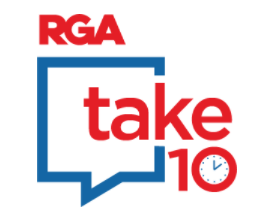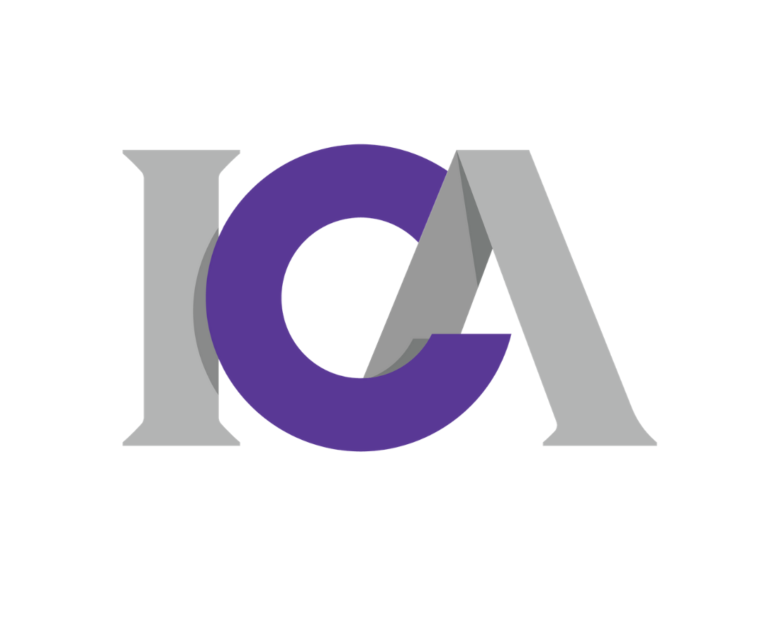5 Questions for Running a Successful ‘Express Death-Claim’ Program for Life & Annuities
May 29, 2024
Quicker might always be better when it comes to delivery of your fast-food order or your must-have item from Amazon. But when it comes to the “express claim” programs to expedite payment of life insurance and annuity death benefits, there are some important factors to consider.
Over the past five years, we have seen a large percentage of life insurance companies implement these express claim programs. A 2024 poll of ICA Life & Annuity Committee members found that 70% of carriers have already implemented or are in the process of standing up express-payment programs.
These programs go by a variety of names, including:
- Express claims
- Jet claims
- Expedited claims
- Effortless claims
- Fast-track claims
- Quick claims
While the names vary, they all have one common element: All waive some or all of the standard claim proofs, including a certified copy of the death certificate and claim form requirements, and replace them with alternative proof(s) of death.
Here are the five questions to create a successful express claim program or enhance an existing one.
#1 – What will be the primary delivery methods for my express claim program?
There are two primary ways to deliver the express claim experience:
- Call-based process: Triggered when a beneficiary phones into the insurance company or based on the insurance carrier’s outbound call process.
- Form-based process: Used in place of sending out a standard beneficiary statement.
Here are some details to consider for both options:

#2 – How will my customers and I benefit from an express claim program?
Implementing and running an express claim process results in a wide range of benefits for the carrier, the customer, and the industry. These include:
- Reduces burden on beneficiaries during a difficult time.
- Expedites payment of benefits.
- Reduces claim cycle time, effort, and touch time.
- Meets service time standards, including statutory requirements.
- Enhances policy sales and customer retention.
- Reduces funeral home assignments, as claims are paid before they are needed.
- Reduces post-mortem interest expense and the potential for overpayments.
- Expedites reinsurance claim recoverables.
#3 – How will I manage risk that comes with paying death claims with alternative proofs of death?
Managing risk is best accomplished by outlining clear business rules to determine claim eligibility for an express payment and developing appropriate scenarios that knock out of the process those claims that fall outside the acceptable risk parameters.
While not all-inclusive but customizable to an insurer’s own criteria, the chart below indicates six common criteria that carriers often use. It starts with the size of the claim benefit and ends with ensuring the payment is protected against fraud.
Carriers will often implement their program with small benefit amounts of $25,000 to $50,000 and gradually increase the threshold over time. This allows them to pilot the program while evaluating its efficiency and risk and ensuring the process runs smoothly. Carriers with proven programs are now express paying benefits of $100,000 to $250,000.

Eight common scenarios usually knock a death claim out of the express process. For instance, any type of required claim investigation renders it ineligible for the program. Two other common knockouts are the type of beneficiary and any reinsurance limits.
Insurers should manage customer expectations throughout the process. Additional information may be needed up front to participate, and the claim may end up being knocked out at some point during the process. In fact, some carriers do not advise beneficiaries of the express program and instead evaluate the claims eligibility discretely. This allows the insurance company to exceed expectations if the claim qualifies and an expediated payment is made instead of increasing the beneficiary’s expectations and then delivering the message that additional information will be needed.

When designing an express program, insurers should not hesitate to have conversations with their reinsurance partner. The reinsurer may provide insight into how to improve processes and ensure the program design meets reinsurance treaty obligations.
#4 – What are the alternative ‘proof of death’ resources?
By using reliable external data from diverse sources, claim professionals can have the confidence to move forward with an express claim payment without a certified copy of a death certificate. Many carriers will require two sources that are independent of each other (e.g., obituary + DMF). Or they may only require one source for lower benefit amounts (less than $25,000) and two sources for larger benefit amounts ($100,000+).
There are five primary types of death-verification sources:
- Death Master File (DMF) – This is the death-record data from the Social Security Administration (SSA) that carriers are required to scan by state statutory requirements and agreements. The data indicates whether they received actual proof of death. While the DMF has good historical data, it has been degraded since 2011. It currently includes only about 15% of the deaths each year, as the SSA no longer includes deaths “reported by states” for use by insurance companies.
- Newspaper obituary – An obituary is a public notice of death published in newspapers and through online portals by the deceased’s family. Obituaries often contain insightful information on the manner of death, employment history, and relatives, and they can be invaluable for “matching decisions,” claim decisions, and locating and identifying beneficiaries.
- Funeral home obituary – A funeral obituary is notice of a death published by a funeral home. Because the funeral home was directly involved with planning and organizing the final disposition of the deceased, these notices are more trustworthy than newspaper obituaries. As with newspaper obits, funeral home obituaries often contain useful information for processing the death claim.
- State vital records – All U.S. states maintain vital records of their citizens. If a state death record exists, it generally means that the state issued a death certificate for its resident; thus, state death records are an excellent source of truth for a death. Not all states provide death data for carrier use, so availability varies.
- Other carrier deaths – There is an industry owned clearing house that scans data across life & annuity carriers for death records on common customers. In other words, carriers that join the network contribute their death claims and receive back records from other carriers when they have the same customer. The carrier name is not disclosed, only pertinent claim data is matched.
#5 – How do I get started or enhance my current program?
There are two keys to starting a successful program or expanding an existing program. The first step is to outline the program itself, both in terms of the criteria it will use and the planned approach to standing it up. Second comes communicating the program to a wide range of stakeholders. Below are specific areas to consider.

Conclusion:
By going through these five areas, you can position your new program for success or enhance your existing program. While running an express claim program may seem intimidating, starting small can make it more manageable and speed progress. You can start small by having two or three claim examiners apply the process, measure the results, and then expand it to more team members only when ready. Carriers that have piloted such programs figure out the right approach for them and have quickly seen the benefits.
Author(s)
Curtis McAdams, VP of Claims & Operations @RGA
Meredith Heibert, Head of Life & Annuity Claims, @Guardian Life
Rob Strange, Director of Client Success, @Evadata

